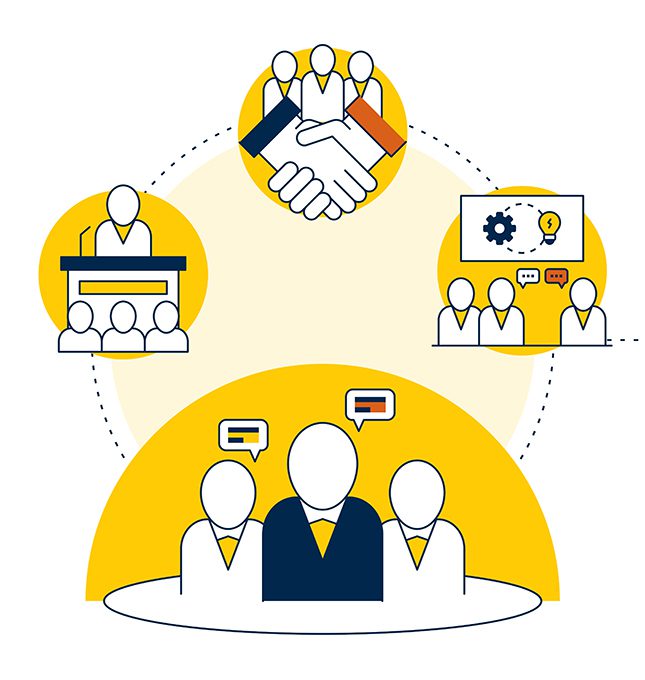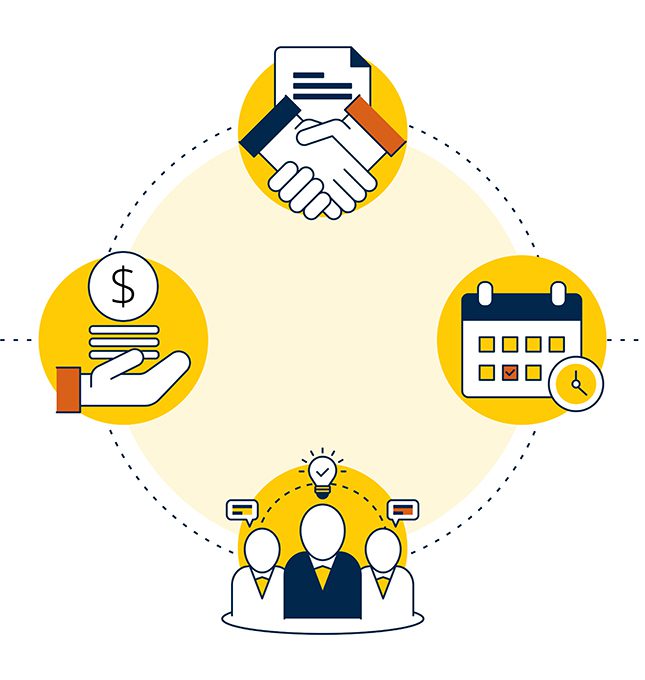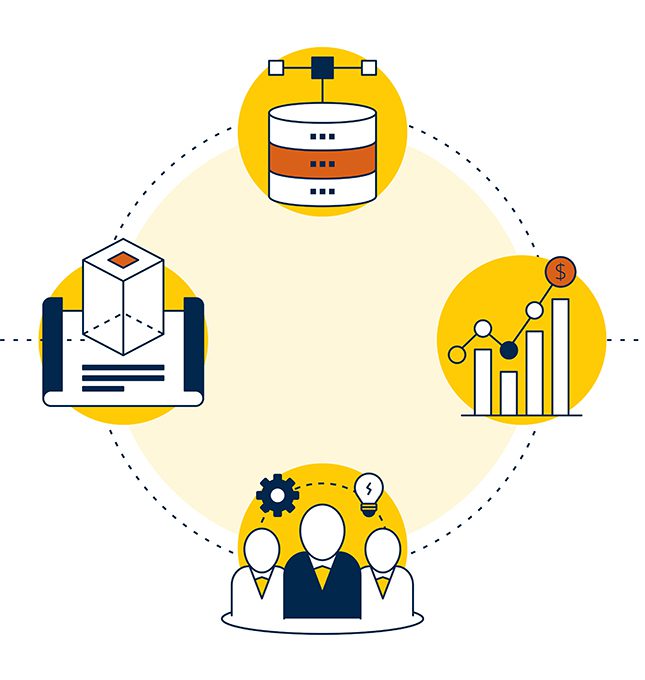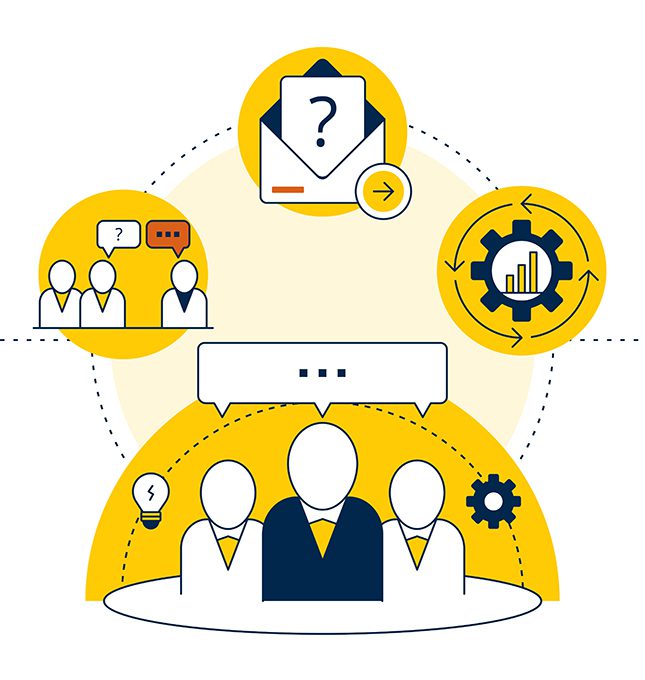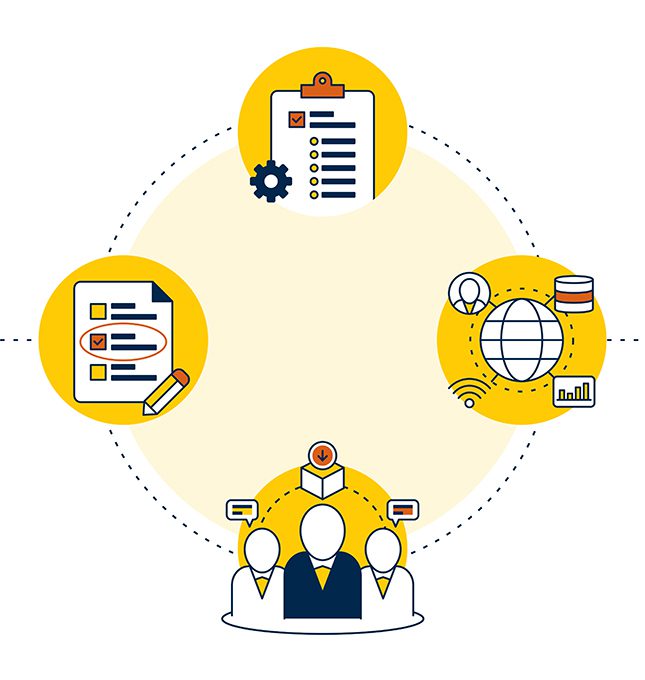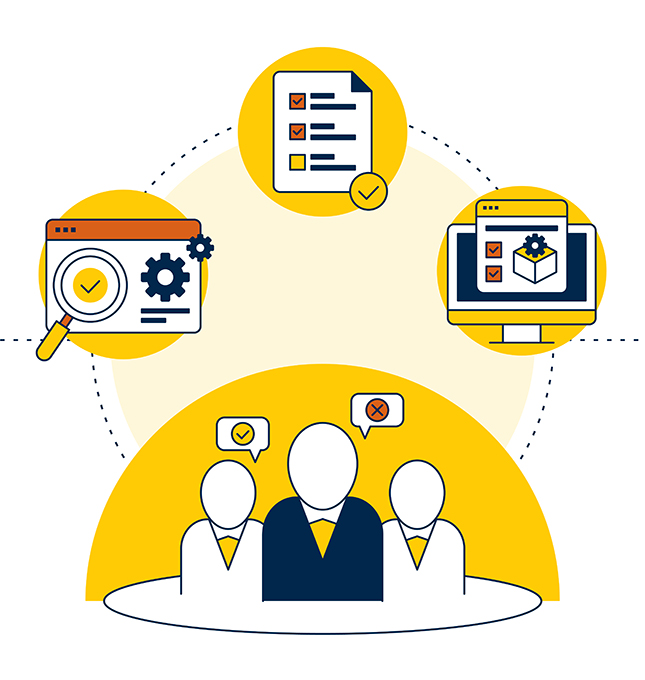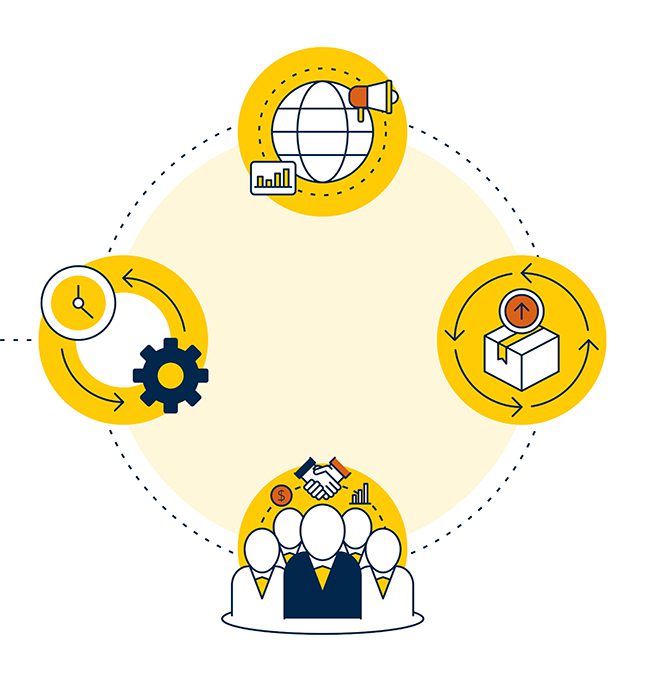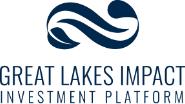Research and Projects

About Our Work
Our work merges data and insights from infrastructure assets with new cash flows, operational efficiencies, or cost of capital projections to build new financing and business models.


Data is emerging as a separate asset class undergirding new financing options for infrastructure asset valuation and accounting.
A core challenge is how to measure, aggregate and process infrastructure data based on their digital twins.
Insights are driven by where the ultimate value is generated, much like a manufacturer refines raw material and converts it into products. With this in mind, data productization particularly for risk management and project account reporting may better provide financial accounting and investment risk-based decision-making, transparency and economic benefits for infrastructure assets.
The case for increased data disclosures (transparency) and privacy considerations, including in relation to project credit ratings and the cost of borrowing, presents an ‘on-ramp’ opportunity for data-driven valuation and financing.
Related
Smart infrastructure financing: Why data could be the answer


